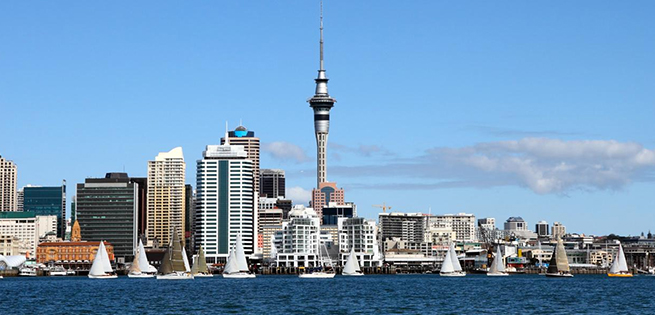Universities warn of a long road to recovery for international income and research links. A full return of international students to New Zealand will not happen until 2023, but universities have welcomed the news of a gradual reopening.
Announcing a plan to lift border restrictions on 3 February, Prime Minister Jacinda Ardern said the country would be “reconnecting” to the world over the course of 2022. She said the first cohort of international students would be around 5,000, from 12 April, with an isolation period on return. Small numbers were allowed in during 2020 and 2021 under controlled exception rules.
Universities New Zealand chief executive Chris Whelan warned of “a big hole in our research system” left by two years of closed borders, saying it would take years for the international education system to recover.
Universities’ top priorities will be students completing their studies, postgraduate students and staff who have been “stuck offshore”, said Whelan.

Connections to overseas colleagues will not be fully possible until the border is completely open in 2023. “You can do a certain amount through your Zooms and so on, but so much happens in person,” he said. “Every university is keen to see those research connections reopened again.”
Whelan said that the exact impact on universities for 2022 was still being discovered. Of the 5,000 places, he expected about half to go to university students. They will be allocated to existing students needing to complete their studies and PhD students as a priority, he said. That will leave minimal space for commencing students, and “we don’t actually know yet what our share will be”.
While “two and a half thousand students will be really welcome”, Whelan said, “we are going to see another drop in total numbers”.
Visa processing: From October, normal visa processing will resume.
ENZ chief executive Grant McPherson said this announcement would “enable the international education sector to progressively open through 2022 for the existing cohorts, with a new much larger cohort able to enter New Zealand for study before semester two”.
McPherson said education providers could now plan with greater certainty for the year ahead.
“It has been an incredibly challenging period for New Zealand education providers, international students and those who support them. The sector has shown considerable patience as the borders were carefully managed to minimise the threat posed by Covid-19. Today’s announcement is an opportunity to rebuild and reshape the sector to meet the challenges ahead.”
He said the move into online and offshore delivery over the past two years would “remain a feature in the industry” as it moved forward. The announcement “also prepares the way for New Zealand students to resume international studies abroad in the future”.
Uncertain picture: At the end of 2021, Whelan said, total international student university enrolments were about 70 per cent of previous numbers, with a third of those “stuck offshore”. About two-thirds of those had been due to graduate and “we don’t know how many of them are going to stay and continue on to postgraduate work”.
“So much of our research relationships depend on being able to attract postgraduate students,” he said, with those students returning to their home countries and taking the connection with them.
In the longer term, New Zealand’s position as a provider for international students is unclear.
While universities understood the reasons for the long border closure, “we’re very conscious that we’re going to be opening a year later than the countries with whom we normally compete”, Whelan said. “The countries that have remained open or been fully open for a while…Their international student numbers are generally higher than pre-Covid.”
A University of Auckland spokesperson said that the university was looking forward to bringing some of its overseas students back. “They have been missed for their contribution they make to campus life, and the energy and diversity they bring to our classrooms and community,” the spokesperson said, adding that some students had stayed in New Zealand during the pandemic but then been separated from family.
“It’s important to signal to the world that New Zealand is again ready to welcome international students to our shores.”
At the end of 2021, ENZ figures show, around 22,000 students had valid onshore visas, compared with around 40,000 in October 2020 and “historically around 60,000…at any given time”.
Read all the Latest News here. Follow us on Facebook, Twitter, Instagram, and LinkedIn.


















Add comment